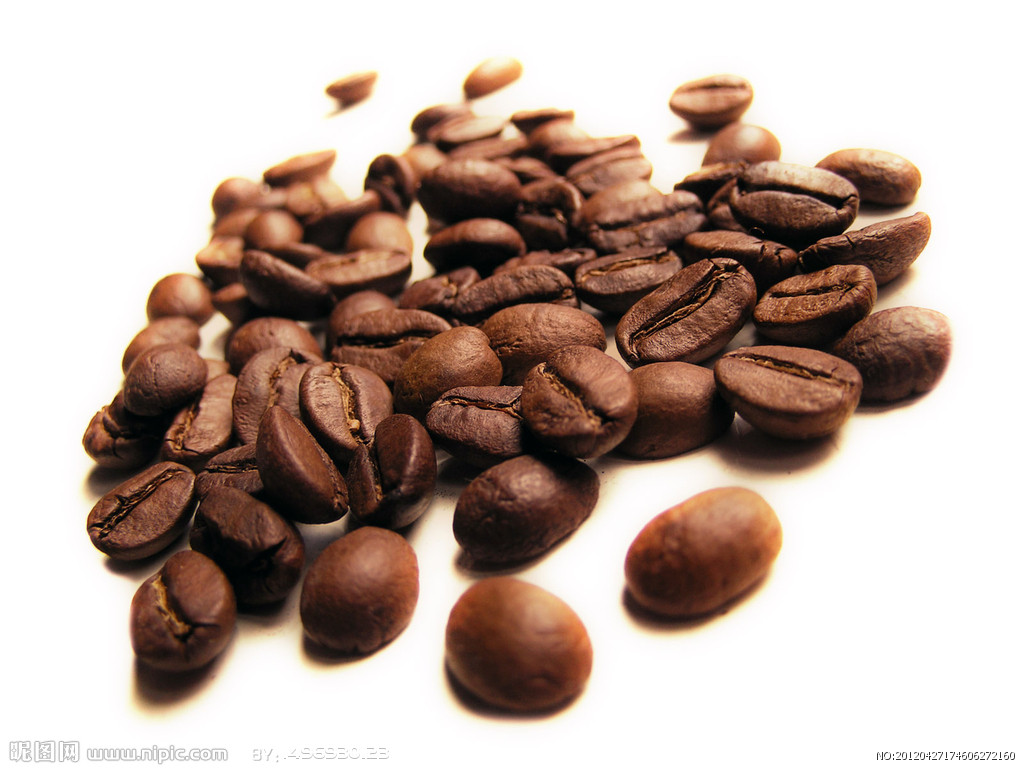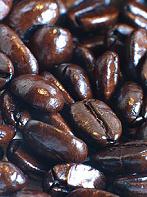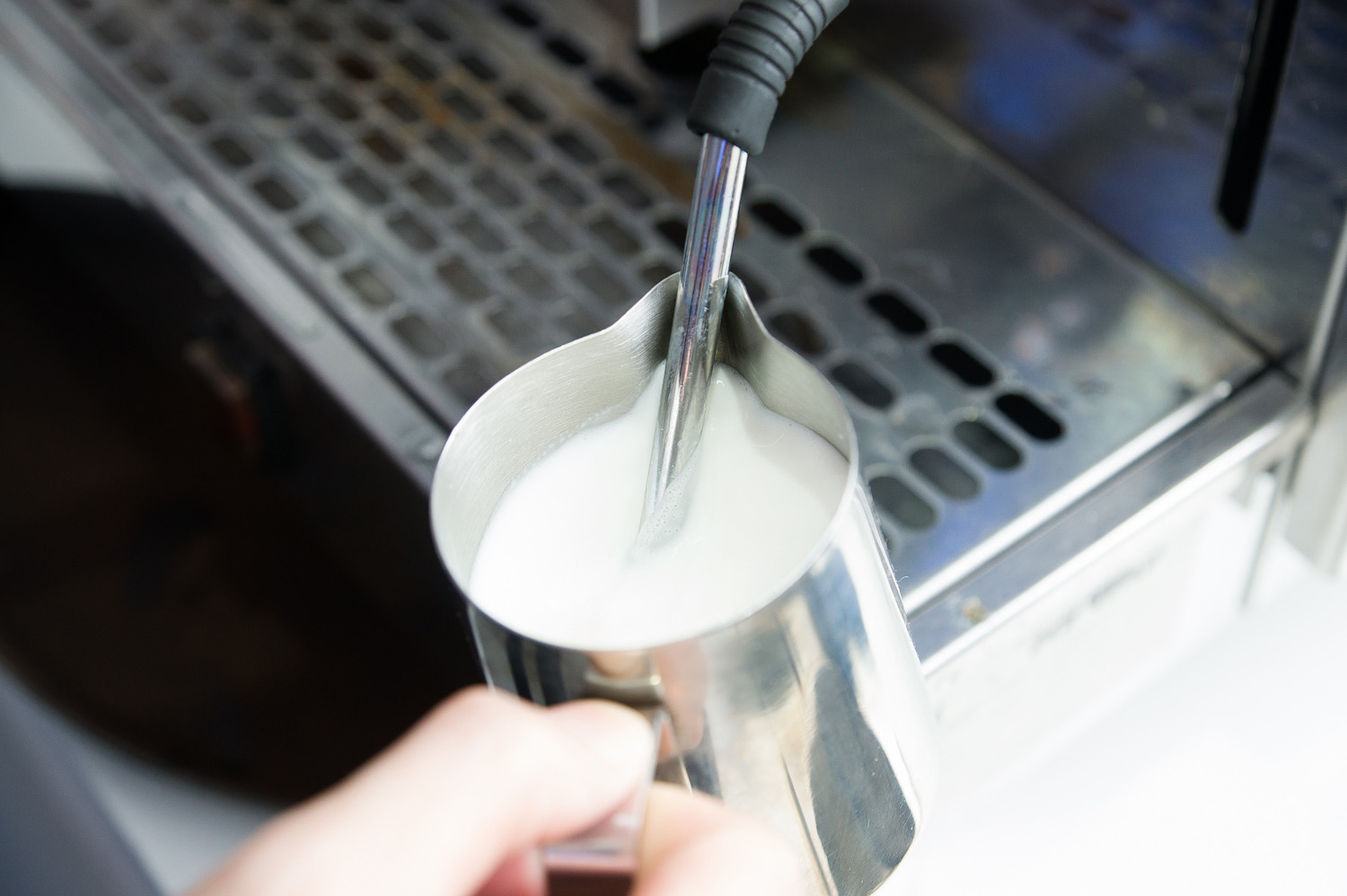Coffee Dictionary-- A detailed introduction to the shape features of common coffee beans, good and bad types of coffee beans

Coffee cherry: the fruit of a coffee tree, named because its rind is bright red and its shape is very similar to cherries.
Round beans: in the process of coffee fruit growth, one of a pair of seeds develops very well, and the other seed is eaten so that the coffee beans that are supposed to be oval become round.
Elephant beans: larger than ordinary coffee beans, the taste is usually insipid.
Coffee belt (Coffee Zone): usually refers to the area between the Tropic of Cancer and the Tropic of Cancer, because this area is the most suitable for growing coffee.
Drying: the use of sunlight to separate the pulp of coffee from the seeds to obtain raw beans.
Washing: the use of water to separate the pulp of coffee from the seeds to obtain raw beans.
Semi-washing: the way in which the first half is sunburned and the second half is washed to separate the pulp of coffee from the seeds to obtain raw beans.
Aged beans: keep raw beans in good condition for several years to develop a deeper flavor.
Boutique coffee: from growing, picking and receiving extremely carefully processed coffee, different from the general mass-produced coffee, it can be said to be the top product in the coffee industry. At present, there are boutique coffee associations (SCAA and SCAE) in the United States and Europe, which specialize in the promotion of boutique coffee.
Arabica (Arabica): coffee is the only coffee variety with 44 chromosomes, which is of good quality but not easy to take care of. It is the most important variety in the coffee market at present.
Robusta: a variety of coffee with a large output, easy to take care of, but poor quality. It is mainly used to make instant coffee. Robusta is the main variety second only to Arabica on the market.
Silver skin: a thin film on the surface of raw beans that usually falls off when baked.
The first explosion: the bursting reaction of coffee beans when the temperature is 190 Mir and 200 degrees during roasting.
The second explosion: coffee bean roasting process, when the temperature is about 230 degrees Celsius, the burst sound is smaller and denser than the first explosion.
Exhaust reaction: the reaction in which coffee beans continue to emit carbon dioxide after baking.
Raise beans: do not drink coffee beans immediately after drying, save for a few days to complete the exhaust reaction, so that the flavor of coffee beans is fully ripe.
Defective beans: raw beans with broken, abnormal or moth-eaten appearance.
Source: network
Important Notice :
前街咖啡 FrontStreet Coffee has moved to new addredd:
FrontStreet Coffee Address: 315,Donghua East Road,GuangZhou
Tel:020 38364473
- Prev

Get to know espresso, draw a clear line with it, and understand the basic knowledge of espresso
Thanks to the popularity of coffee chains such as Starbucks and Costa in China, espresso (Espresso) and coffee drinks based on it have almost become synonymous with coffee in Chinese. It is impossible to calmly say a few mouthful transliteration words such as latte, mocha and caramel macchiato, which simply disqualify literary and artistic youth. However, although they are all made from coffee beans, no matter
- Next

Three ways to make Coffee Milk Bubble choose the right milk bubble cup to make thick and smooth milk foam
There are three main ways to make coffee foam at home. But either way, it needs to be done with whole milk, which has a fat content of more than 3.7%. Friends who have an Italian coffee machine can generally be made with an Italian coffee machine. The method of making milk foam in the coffee machine Lao Yang mainly used this method in the early days of the Italian coffee machine, but he didn't master it well all the time. Below
Related
- What is the meaning of lactic acid fermentation with coffee bean treatment?
- How to judge the state of foam by sound?
- How does the latte pull out the unicorn pattern? Come to get for a little trick to improve the flower pull!
- Will flower pulling affect the taste of the latte?
- Do you know the history of coffee?
- The difference between honey treatment and sun washing what is raisin honey treatment?
- What kind of milk can a novice use to make coffee foam to keep the foam longer? The correct method and skills of milking tutorial sharing
- Why do washed coffee beans taste sour? Flavor characteristics of washed Coffee
- Introduction to the skill of how to practice the size and height of water injection around the circle of hand-brewed coffee
- How do beginners practice coffee flower drawing from scratch?

